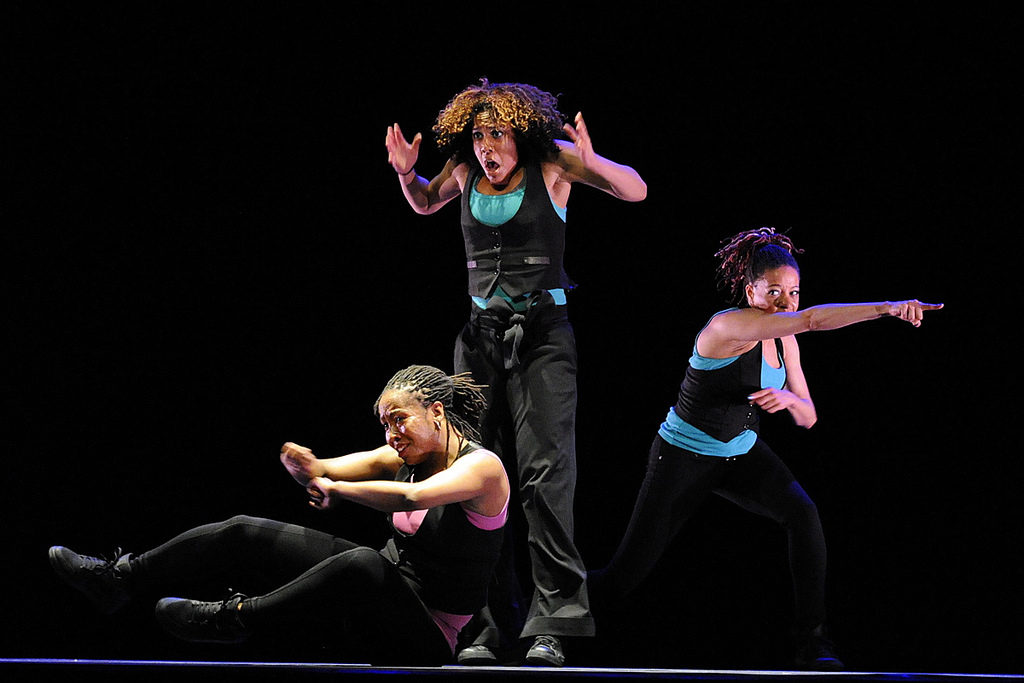When it comes to performance quality in dance, practice always helps get the performer closer to perfect. Even dancers who are “naturals” have to dedicate themselves to practicing habits that help them put forth their best on stage.
Here are some tips to help dancers develop habits that lead to great performances.
Healthy Eating for Dancers
Dancers are both artists and athletes. Healthy eating for dancers is crucial, because food is fuel. This includes eating plenty of fruits and vegetables, protein and fiber. The importance of eating well should not be underestimated as it affects overall health.
Many dancers fear gaining weight and sometimes skip meals. The recommended daily caloric intake for women is 2000 and for men it is 2500 calories. It is important for dancers to consider their lifestyle and how much energy they are exerting. They may actually need more calories per day. Performance quality in dance depends on it.
When choosing foods, stay away from empty calories like sweets, including sugary drinks. Consuming excess calories from such foods may contribute lower consumption of more nutritious foods. Also, avoid foods with trans fat. These include deep fried items like potato chips as well as many packaged and frozen meals. Instead opt for whole grains and unprocessed (“whole”) foods.
In addition to food intake, hydration is very important. Not drinking enough water can lead to lethargy, nausea, and even cramping. Dancers lose a lot of water through sweat. Keeping properly hydrated is essential for proper digestion, immunity, and energy.
Minding Muscles
No dancer should simply jump into routines. Before taking to the floor, it is important to warm up. This includes light stretching and other muscle-loosening activities, but not over-stretching (since muscles aren’t warm yet). Stretching in the warm-up phase should be gentle and/or active. (However, remember never to jerk or bounce into a stretch as it may cause injury.) Consider rolling out the muscles. Good tools for this are foam rollers, and large and small firm balls for smaller and harder-to-release muscles. Try the foam roller on the legs, medicine ball on the glutes, tennis ball on the back, and golf ball on the feet.
Stretching after every practice and performance session should not be overlooked. This is crucial to keeping healthy dancers. Holding each stretch for 30-60 seconds or longer helps increase flexibility and allows for a wider range of motion. Instead, stretch with a smooth, steady movement.
Dancers working on acquiring or refining specific moves should practice “muscle memory.” This something that can be done anywhere at any time, and not just in the studio. For example, taking a break during the middle of homework to practice just one particular move helps in the process of making it automatic. A New York Times article examined how famous dancers learn. Muscle memory is how movements “become thoroughly mapped in the brain, creating a shorthand between thinking and doing.” All this leads to better performances on stage.
Confidence!
It is often said that some of the best performers are those who are most confident. Obviously, not every dancer is born with confidence, and needs to develop it. Authors Jim Taylor and Elena Estanol explain in their book, “Dance Psychology for Artistic and Performance Excellence,” that to get to a place of confidence, a dancer may have to examine his or her baggage regarding fear of failure or perfectionism. To work toward being more confident, they suggest,
“When you start to feel negative emotions in training or performance, notice what you feel.”
By recognizing these feelings, one can work to change them to be more positive. In his book, “Secrets of Performing Confidence,” Andrew Evans notes,
“What we can do is to recognize in ourselves the states that we feel are best for performance and develop routines that create sustained positive emotions and physical relaxation.”
Facial Expressions while Dancing
While the eyes may have it, facial expressions greatly impact performance quality in dance. A dancer’s job is to take the audience somewhere. If he or she does not seem to be having a good time, it shows.
“Your expression adds another dimension to the performance,”
says Eddie Strachan, a judge, teacher, and choreographer with West Coast Dance Explosion tells DanceSpirit magazine.
“No matter what type of dance you’re doing, you’re trying to portray something—a character or an emotion.”
Sincere facial expressions mean much more than plastering a smile on. In fact, simply smiling may appear less than natural and become distracting. Instead, relax the lower jaw and don’t over do it.
Just as dancers are like athletes, they are also like actors. It is important to recognize that the performance becomes everything and the most talented dancers don’t appear to be performing, but instead put forth something that seems natural. Help your dancers get into character and deliver. Dancers who genuinely feel the performance portray the most natural looks.
Photo credits:
Contemporary dance by Gabriel Saldana
Renie Harris_296 by U.S. Embassy Tel Aviv


